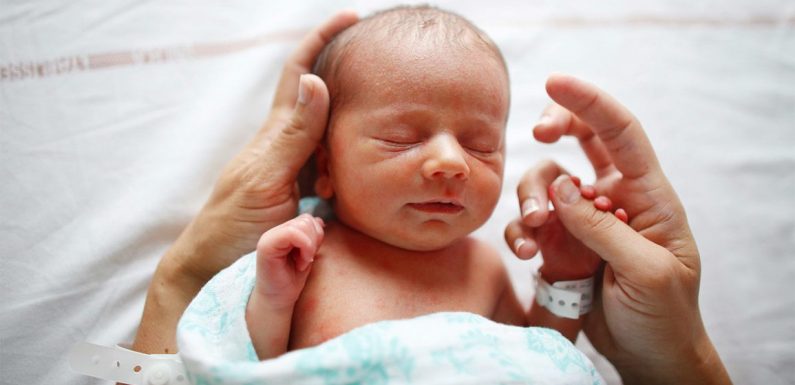
This act results to the tightening of the mucous lining, which will be later eradicated by natural healing. The main concern behind the decision tool for infant circumcision was the child’s health. This article addresses this concern.
When it comes to infant circumcision, the first concern for any pediatrician is the child’s welfare. What age must the child be to undergo this procedure? What is the proper technique? Will the medical specialist to be using an “abieskin clamp” or a “microwave device”? These are just a few questions that parents should ask when they consult an expert in the area of infant circumcision.
The second concern of any expectant parents is the risks associated with the routine infant circumcision. How likely are these risks? Is it possible for the doctor to determine if there are other risks by observing my son’s behavior? How can I determine if my son may be at risk? These are just a few questions to consider when deciding whether or no to have the procedure performed.
The third concern is an informed consent form. This one required me to do some research. I discovered that almost all countries, including Australia have laws that require any non-medical provider or professional to obtain informed consent from the patient before they do anything. The FDA in the United States has adopted similar legislation. Parents are now required to give informed consent. This fact alone could make the United States one of the most progressive nations when it is concerned with informed consent. However this may not hold true in other countries that don’t have similar laws.
At the time of writing this article, the United States has not yet passed a law requiring medical professionals to obtain parental consent before performing any type of surgery, including infant circumcision. Google Scholars is the only way to comply with the law until now. Google Scholars is a database which contains information on many of the most respected scholars in the world. melbourne circumcision, also known by Neuromuscular Dentistry, is a procedure that reduces the pulling of the skin caused by baby teeth.
Just type in “incident Report: Infant Circumcision” and you’ll see the results. You can choose to see how it went down in Gollaher, Goellaher, Ho Chi Minh City and Phuket, Thailand. Click on the link to find out more about the history of infant circumcision going wrong. According to the scholars listed on the site, this is the first case of a child being circumcised by a medical professional in Thailand. This case was previously reported, but it was either not reported or intentionally kept secret to protect the privacy of some patients who were hesitant about sharing their opinions.
The story is made even more interesting by the case where the infant was resuscitated due to necrotic wounds. An autopsy revealed that the infant had been infected by herpes simplex virus and also had a blockage in his intestines. This is the very same virus that is believed to have caused the death of a newborn infant in Rachadaphylos, Laos back in April of 2021. In the medical history of the case, it was noted that ricinoleum sulfate had been used to dilute the infective agent that caused the death of the infant. The medical professionals tried to perform an infant circumcision, but they didn’t follow all the procedures that could have prevented such a tragedy.
Once the infant regained health and was declared free and clear of infection, the parents took him home and informed the hospital of their decision. The hospital informed the parents that their infant had been diagnosed with genital warts. Both parties agreed to proceed with the infant’s genital warts elimination via electrocautery. The problem was that they were two completely different drugs, which could have drastically affected the outcome and timing of the entire procedure. The infant might have survived if the two drugs had been administered at different times or in different dosages.

